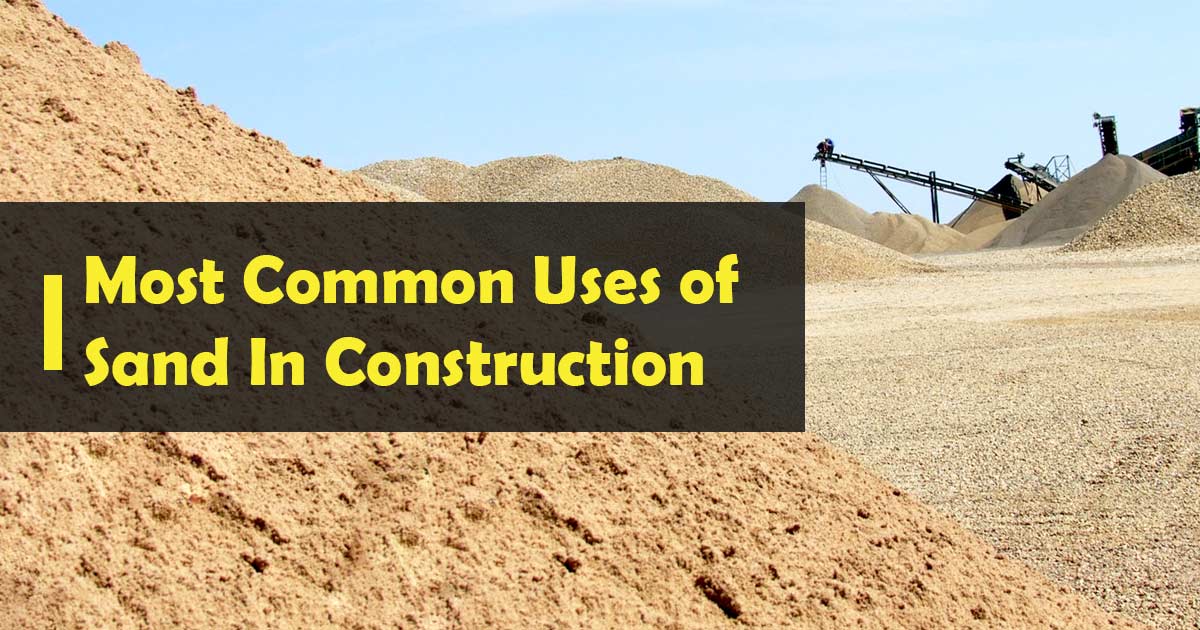Get complete knowledge on the uses of sand in construction. Sand is a topographical material that can be used for a variety of purposes. One of the three basic elements in concrete is known as sand. Sand has various chemical compositions. Sand is mostly composed of silica, which is a common material. It can also be derived from other minerals such as quartz, limestone, or gypsum.
There are several scenarios in which sand can be useful in the real world. The following are some of the most common sand applications.
1. Used as Highway and Road Traction:
Using sand as a highway and road traction during the winter months is advantageous. Ice would be all over the highways and roads during this time, and adding sand and salt to these icy roads would offer traction, making the roads and highways safer.
2. Used for putting Smooth Greens:
Sand is used to create the smooth greens that we see on our football fields and golf courses. Other compounds are found in the greens.
3. Used as Fertilizer Fillers:
In today’s world, the main components used as fertilizer fillers are sand and granite. The importance of sand as a filler is well known among those who use fertilizers for various purposes.
4. Used in Concrete:
Sand is a key component of concrete, which is utilized in the construction of buildings, industries, and huge corporations all over the world. Its significance in granite concrete cannot be overstated.
5. Used in Aquarium:
Most aquariums use sand instead of gravel because it is more convenient. Sand in an aquarium, of course, gives it a more natural appearance and makes it feel more like an ecosystem.
6. Used in Growing Root Crops:
Another advantageous impact of sand in the modern era is this. Most crops, particularly root crops, thrive or grow well on sandy soil, which has a loose structure that allows water to flow freely.
7. Used in making glass:
This usage may appear strange to you, yet it is true. Sand in its liquid form, after being fully heated, is used in the glass industry to manufacture glass thread that is highly durable.
8. Used in Road Construction:
The use of sand in road construction is a well-known use. Sand provides a protective layer to the road and strengthens the surface, ensuring that vehicles’ tires are not damaged while speeding.
9. Used to make sandpaper:
Sand and paper are the two main ingredients in sandpaper, which are also quite useful. This sandpaper is used to smooth the surface of items such as wood, and it wouldn’t be useful if it wasn’t for the sand.
Uses of Sand in Construction:
It is an essential component in concrete. It is utilized for drainage and terrain preparation when constructing the structure’s foundation. As a natural filtering substance, it is important in landscaping for drainage to minimize the blockage of drainage systems.
1. Black Sand:
Black sand contains almandine, radioactive elements, and titanium metal, which is derived from high-quality ilmenite and rutile and used in paints and coatings, plastics and rubber, ceramics, cosmetics, leather, and medicines.
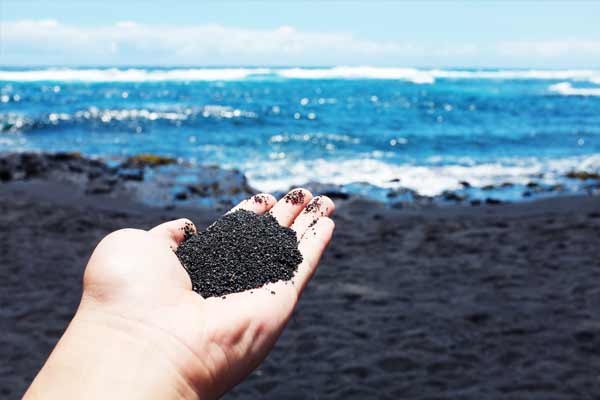
2. Manufactured Sand:
This sand is also often known as M-sand, which is a river sand substitute used mainly in the construction sector for mortar mix and concrete production.
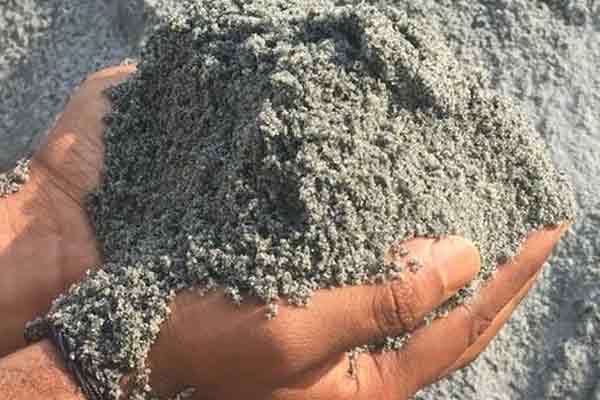
3. Garnet Sand:
Garnet sand is a mineral-free, iron-free material with numerous applications. Its primary application as abrasive sand is in high-pressure water jet cutting. Many customers also use garnet sand to clean the exteriors of buildings or to sweep zinc-plated goods.
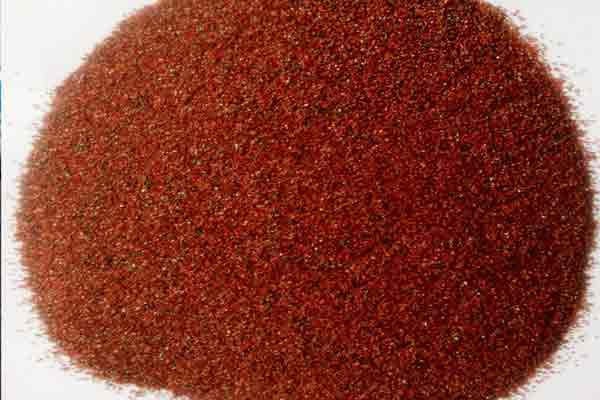
4. Quartz Sand:
Container glass, flat plate glass, specialty glass, and fiberglass are all made with quartz sand. Windows are made of quartz glass. One of the most common applications for quartz is glassmaking. Quartz glass sand is a high-purity quartz sandstone that can be used to make high-quality glass.
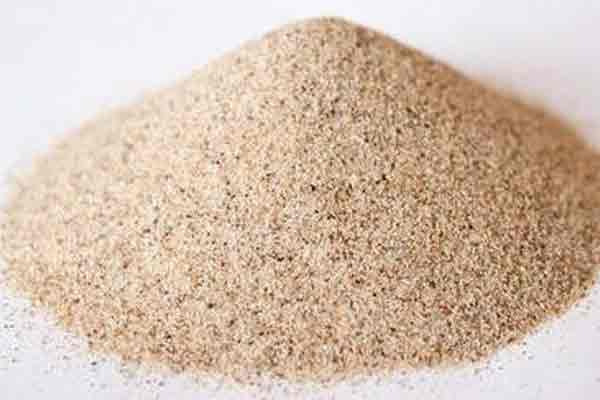
5. Resin-Coated Sand:
Resin-coated sand is a foundry procedure that results in casting with high-precision dimensions, a smooth surface, no blowholes, and no casting faults. It is one of the most effective molding sands for automobiles, tractors, and hydraulic components.
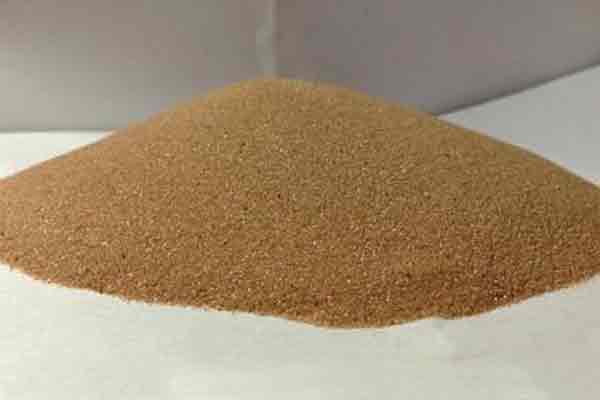
Take More Knowledge: Moulding Sand Properties And Its Types

